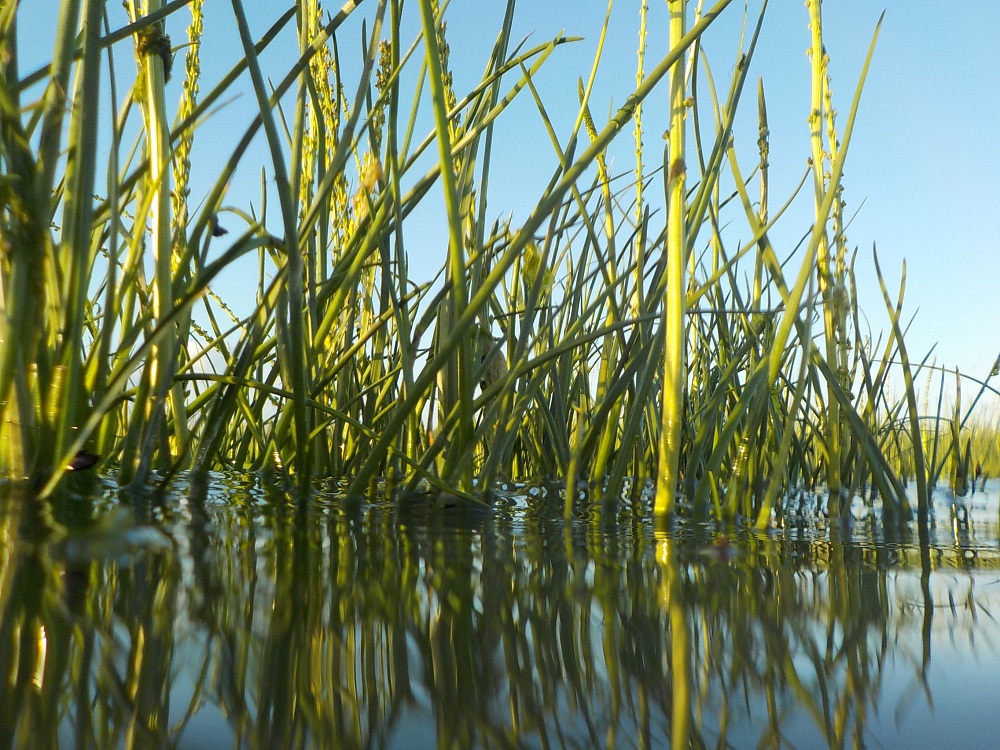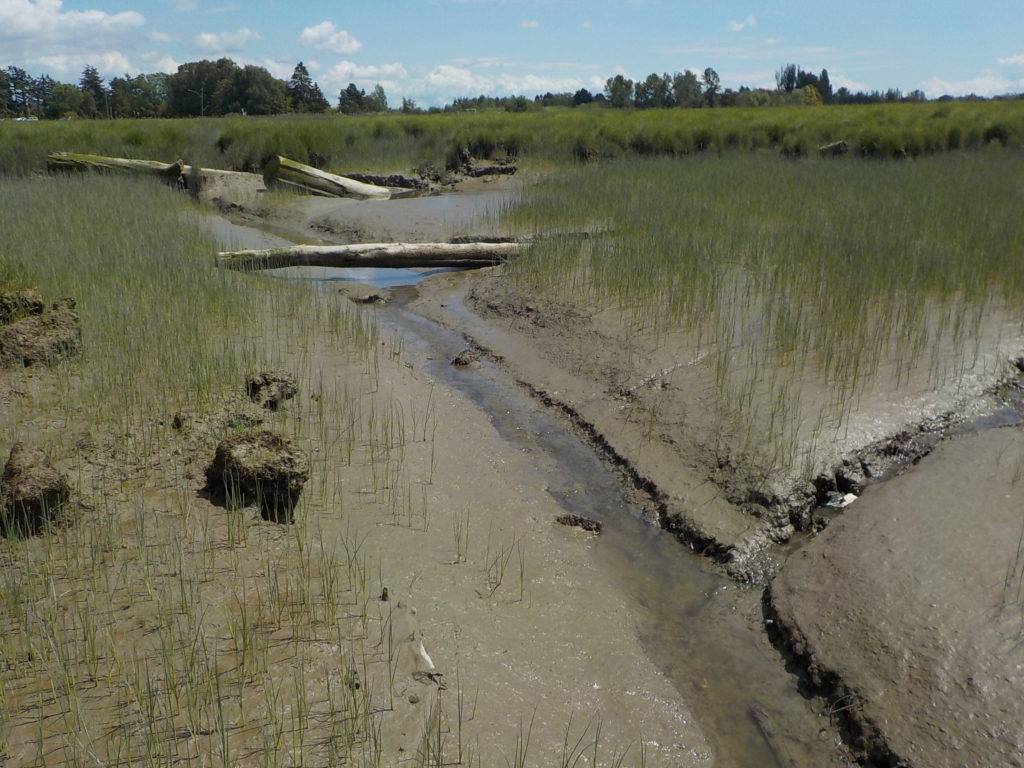
Restoration Strategies in the Fraser River Delta
As a Conservation Program Specialist with Ducks Unlimited Canada and Coordinator of the South Coast Conservation Land Management Program, SER-WC Director Eric Balke manages and restores ecosystems within provincial conservation lands throughout BC’s South Coast.
For his presentation at the 2019 Annual General Meeting and Fall Forum, Balke highlighted the ecological importance of the Fraser River Delta and identified key strategies for dealing with inevitable sea-level rise. The presentation, Tidal Marshes and Rising Tides: Facilitating Ecological Resilience in the Fraser River Delta, began by summarizing the vast array of ecological services the delta provides.
The Fraser River Delta contains a range of tidal environments, such as mudflats, eelgrass meadows and tidal marshes, which provide habitat for many land and marine species—including hundreds of millions of salmon that migrate in and out of the estuary, and overwintering and migratory birds. Beyond prime wildlife habitat, the region’s ecosystems are also a massive carbon sink. And if that’s not enough, these coastal tidal marshes protect shorelines by cushioning the force and reducing the impact of incoming waves.
But with growing cities vying for space and resources in the area, the delta has been heavily modified and degraded by human activities—from agriculture and other forms of industry, to airports and shipping traffic, plus an extensive network of dikes. As a result, an estimated 1-metre increase in sea level over the next 80 years threatens to drown out the region’s low elevation tidal marshes that cannot migrate landward due to the presence of dikes.
That poses an unprecedented threat not only to the delta’s unique and globally important ecosystems, but also to the region’s communities and economies they rely upon. It is estimated that costs to protect the cities of the Fraser River Delta from sea-level rise will run into billions of dollars, but Balke says there are possibly more cost-effective ways to protect communities through facilitating tidal marsh resilience in the delta. “Current dike infrastructure is insufficient and future upgrades will need to extend into designated Wildlife Management Areas,” says Balke. “So, we’ll need innovative solutions to both protect our communities and our ecosystems at the same time.”
Balke says that tidal marshes and eelgrass slow down wave energy naturally, so it’s in everyone’s best interest to ensure they continue to provide this shoreline protection for free. One of the best ways to do so is to actively build up these marshes using sediment that’s deposited throughout the delta every year. “The Fraser River provides 18 million tonnes of sediment annually to the delta, most of which is dredged from the river or directed into the Strait of Georgia,” he says. “There are ways in which we can use that sediment to add to our coastal defences and help facilitate ecological resilience with the rising tides.”
Download the full presentation here.
You can also watch this video of Eric presenting on this topic to the Vancouver Aquarium in 2018.


